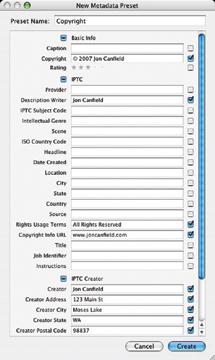Jon Canfield
|
May 01, 2007
|
Mar 01, 2007
|
Dec 01, 2006
|
Nov 01, 2006
|
Oct 01, 2006
|
Jul 01, 2006











